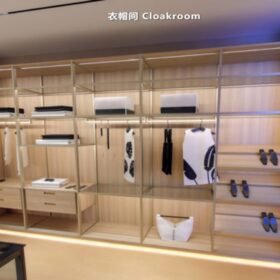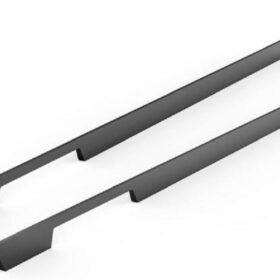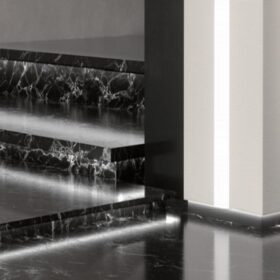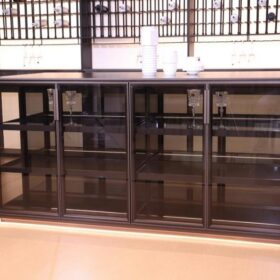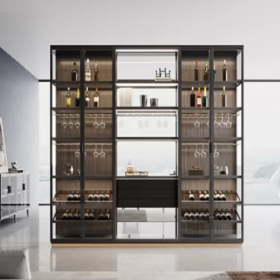The Impact of Kitchen Drawer Profile Handles on Ergonomics
Introduction
Kitchen drawer profile handles play a significant role in enhancing the ergonomics of a kitchen space. Ergonomics, the study of human-environment interaction, aims to optimize comfort, efficiency, and safety in the workplace. By carefully considering the design and placement of drawer handles, manufacturers can create kitchens that are both functional and comfortable for users. This article explores the impact of kitchen drawer profile handles on ergonomics, highlighting key aspects and providing practical recommendations.
Grip Comfort
One of the primary ergonomic considerations for kitchen drawer handles is grip comfort. Handles should be designed to fit comfortably in the user’s hand, providing a secure and non-slip surface. The size, shape, and texture of the handle all influence grip comfort.
Size: Handles should be large enough to accommodate a variety of hand sizes, but not so large that they become cumbersome.
Shape: Ergonomic handles are typically molded to fit the contours of the hand, providing optimal support and reducing strain.
Texture: Textured surfaces enhance grip, especially when hands are wet or greasy.
Handle Height and Placement
The height and placement of drawer handles can significantly affect ergonomics. Handles should be positioned at an appropriate height to allow for easy access and to minimize bending or stretching.
Height: The optimal height for drawer handles is between 3 and 5 inches (7.6-12.7 cm) above the drawer face. This range allows most users to comfortably grip the handle without excessive reaching or bending.
Placement: Handles should be centered on the drawer face, ensuring that they can be easily reached from either side.
Ease of Opening and Closing
Drawer handles should facilitate effortless opening and closing. Handles that require excessive grip strength or awkward hand movements can lead to discomfort and fatigue.
Smooth Operation: Drawer handles should move smoothly and quietly, reducing friction and the need for excessive force.
Leverage: Handles with a longer lever arm provide greater leverage, making it easier to open and close heavy drawers.
Safety and Hygiene
Ergonomic drawer handles also contribute to safety and hygiene in the kitchen. Handles that are easy to clean and maintain help prevent the spread of bacteria.
Cleanability: Smooth, non-porous handle surfaces are easy to wipe down and disinfect.
Avoidance of Pinch Points: Handles should be designed to minimize the risk of pinching or trapping fingers during operation.
Conclusion
Kitchen drawer profile handles are a crucial component in creating an ergonomic kitchen space. By considering factors such as grip comfort, handle height and placement, ease of opening and closing, safety, and hygiene, manufacturers can design handles that enhance the overall experience and reduce the risk of discomfort or injury. Architects, kitchen designers, and homeowners can utilize these guidelines to select and install drawer handles that optimize ergonomics and contribute to a more comfortable and efficient kitchen environment.
-
2024-11-29Top Trends in Modern Kitchen Cabinet Pulls for 2024
-
2024-11-28The Ultimate Guide to Modern Kitchen Cabinet Pulls- Materials, Styles, and Tips
-
2024-11-27Elevate Your Kitchen Design with These Must-Have Modern Cabinet Pulls
-
2024-11-26Sleek and Stylish- The Best Modern Kitchen Cabinet Pulls for a Contemporary Look


